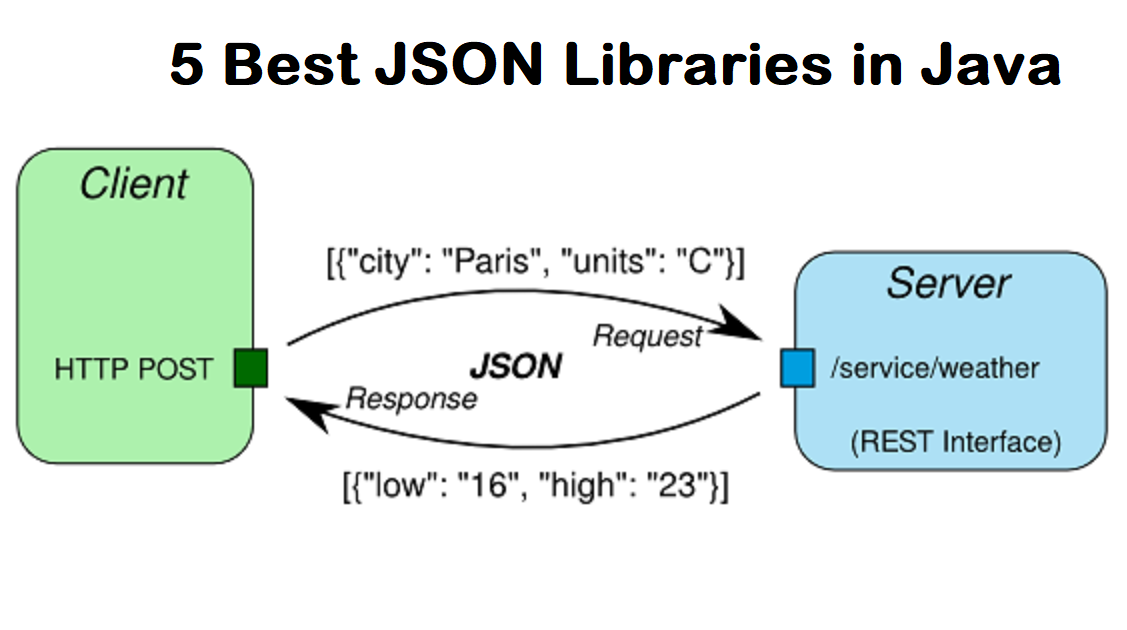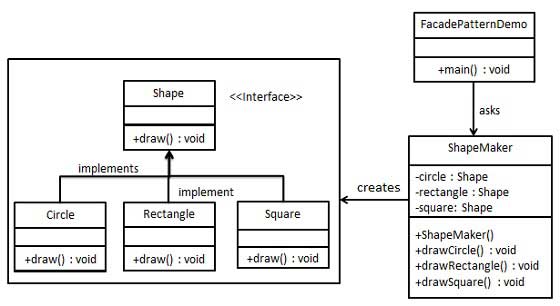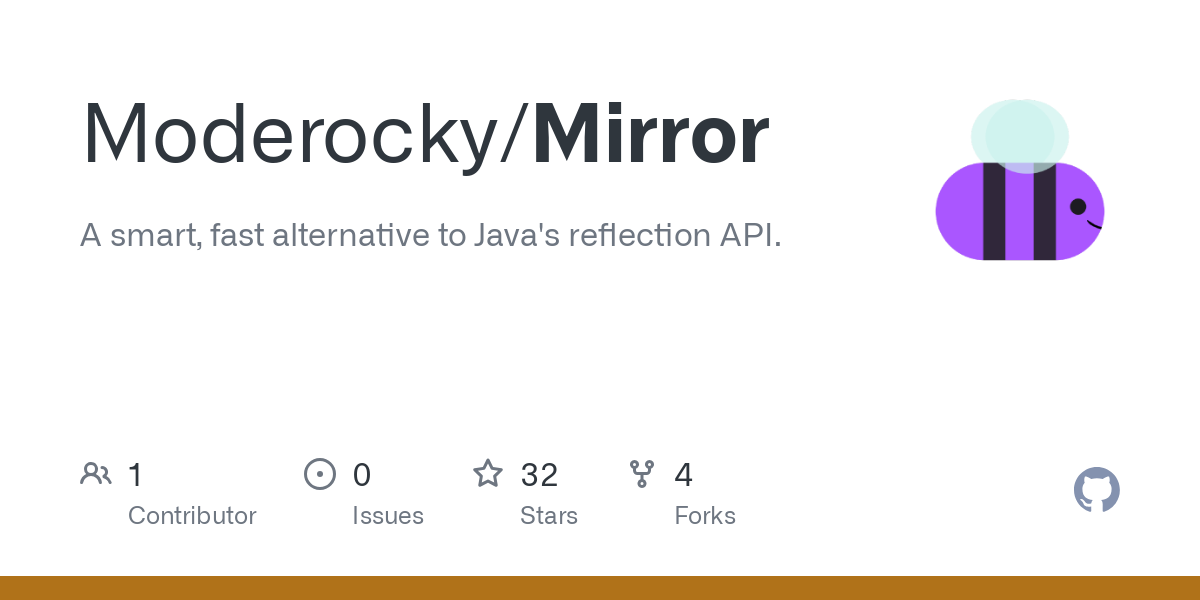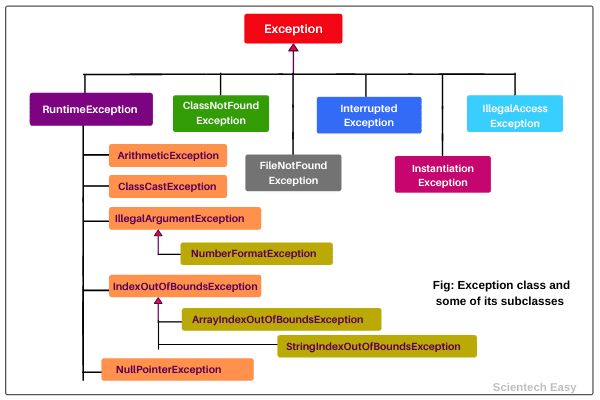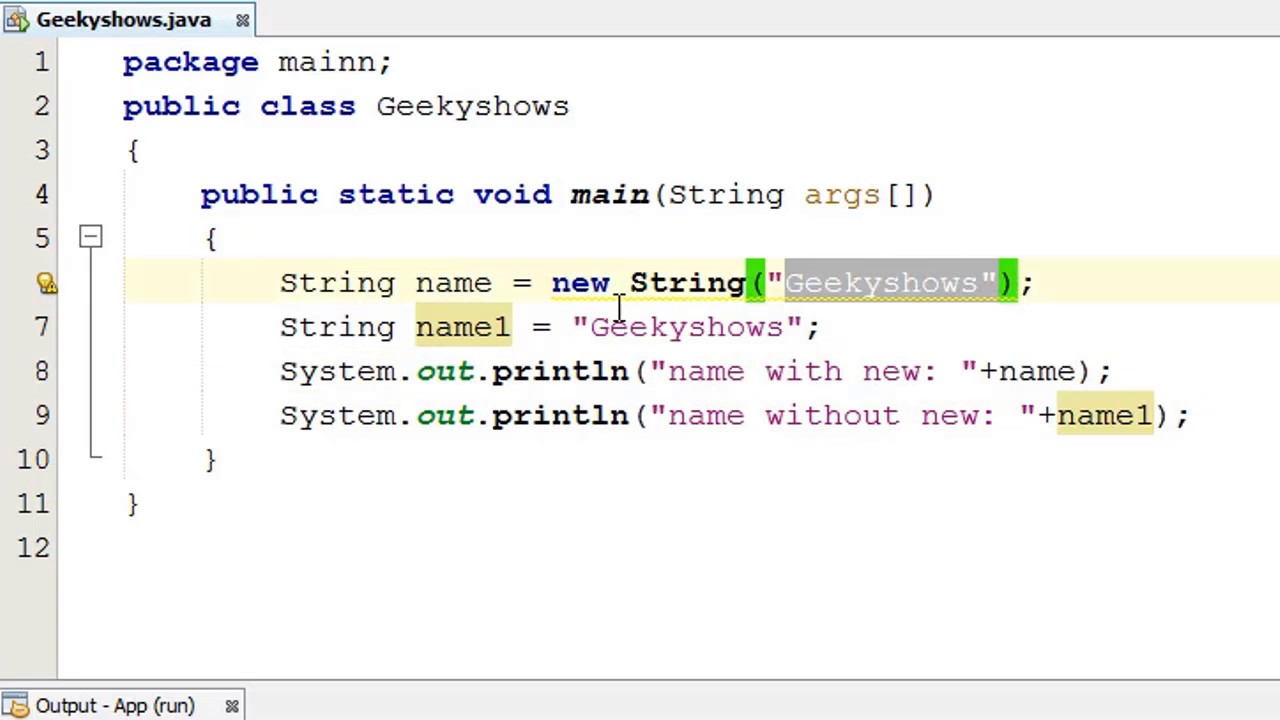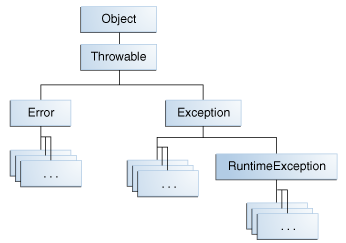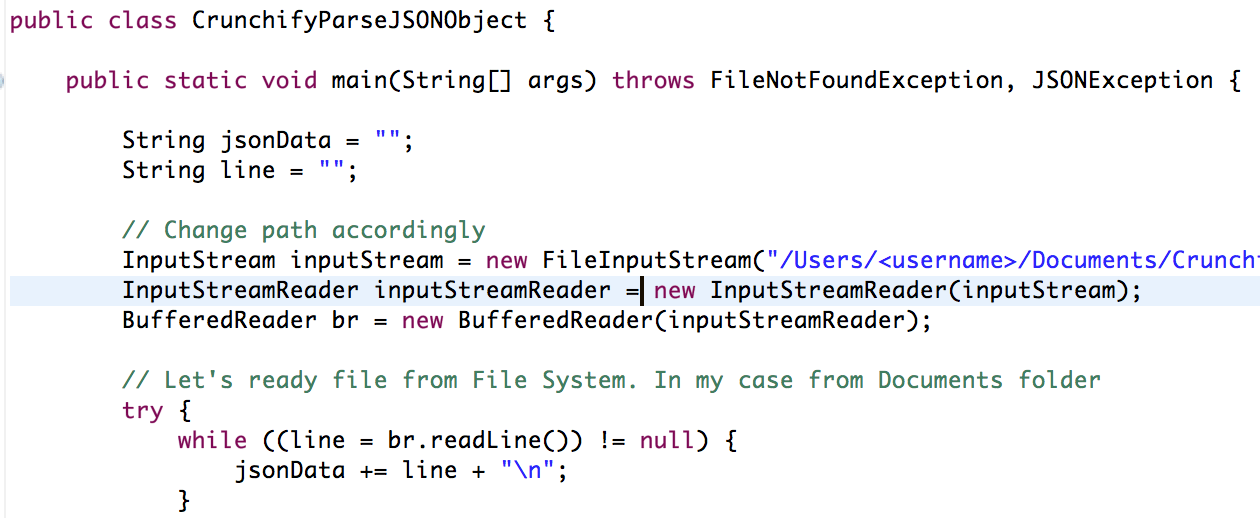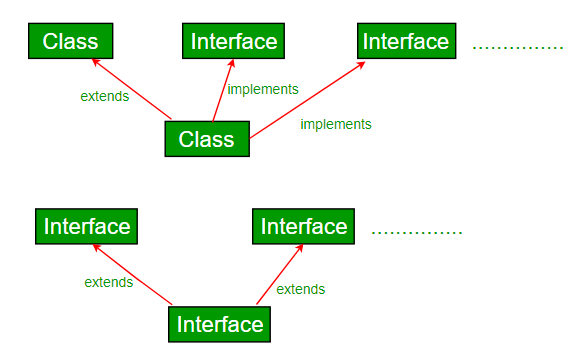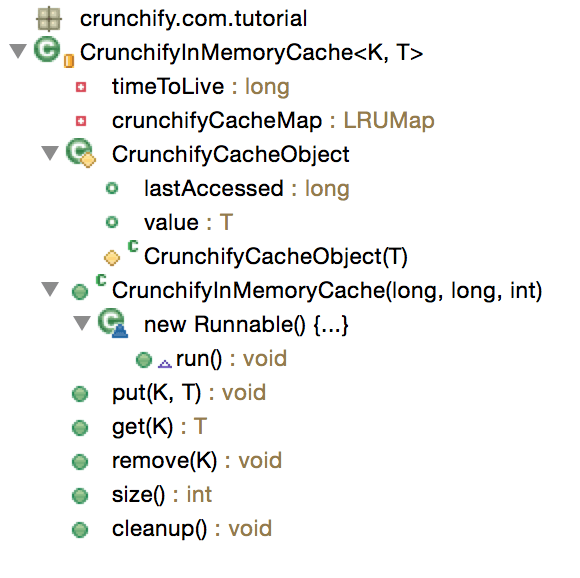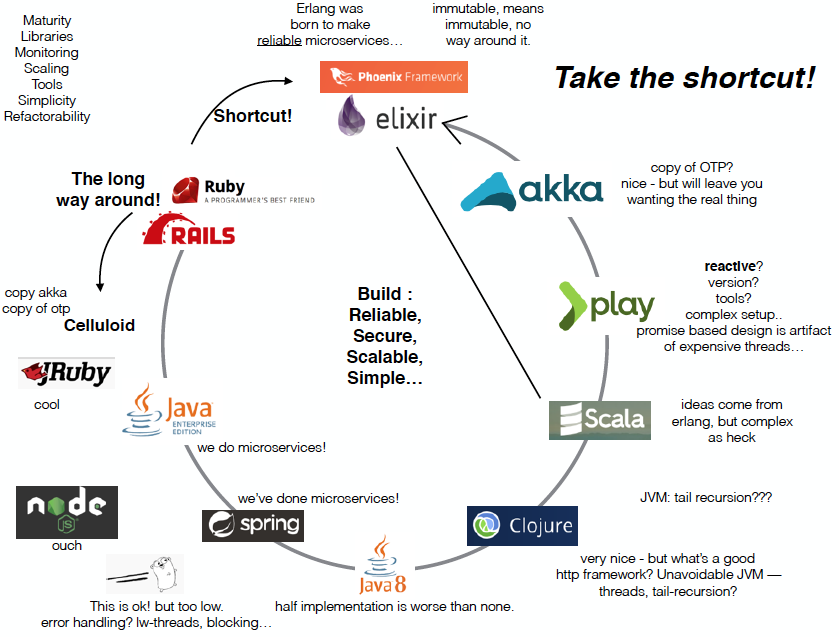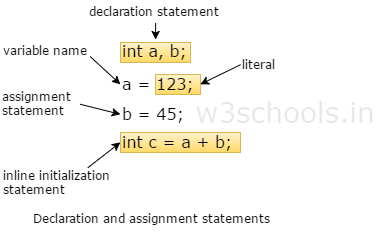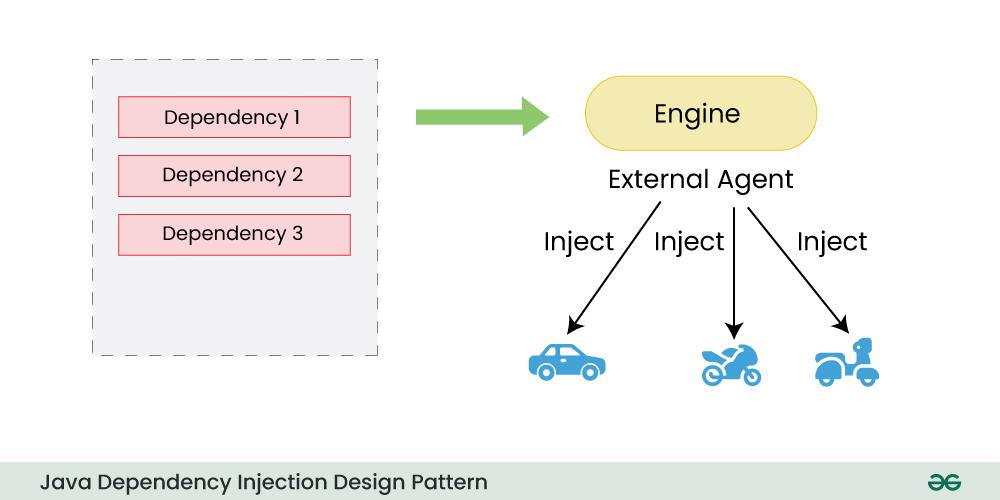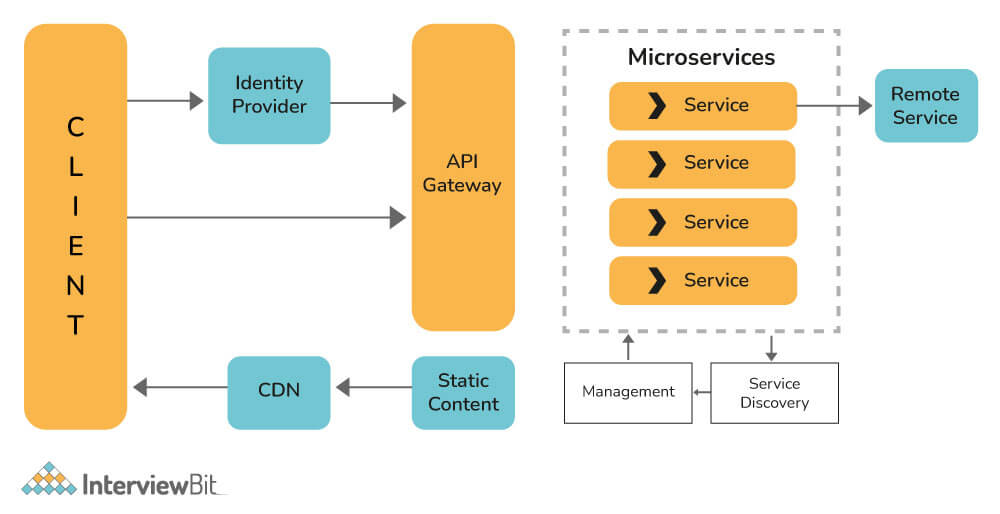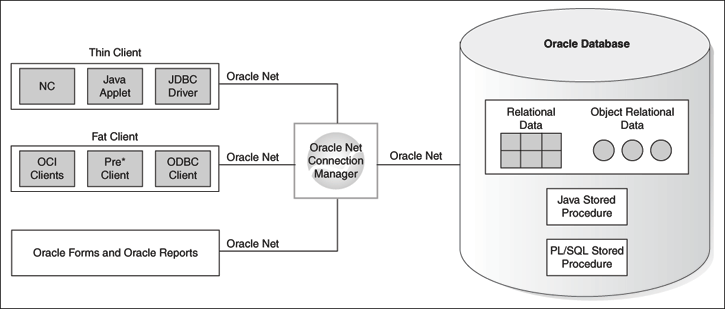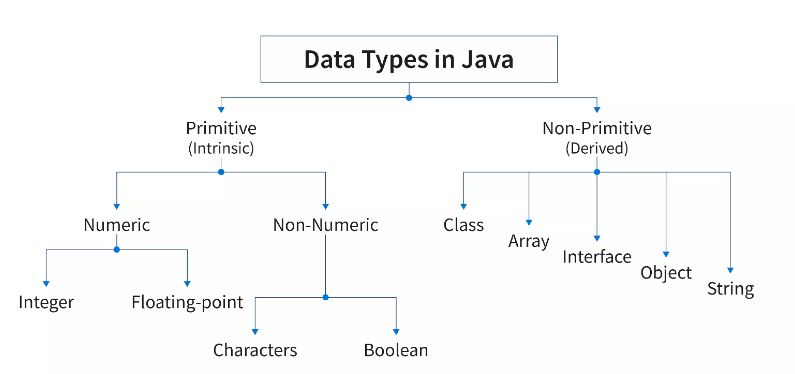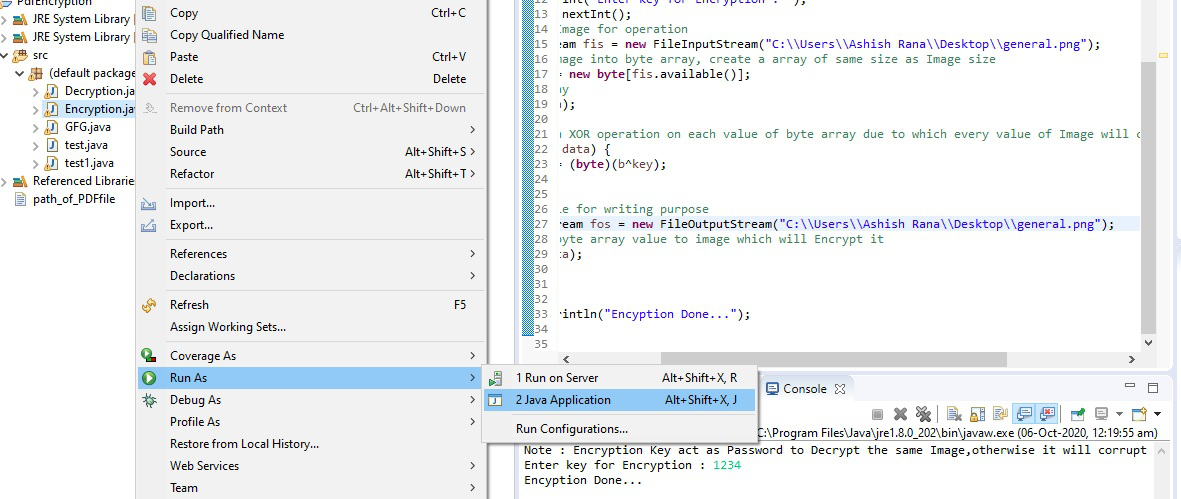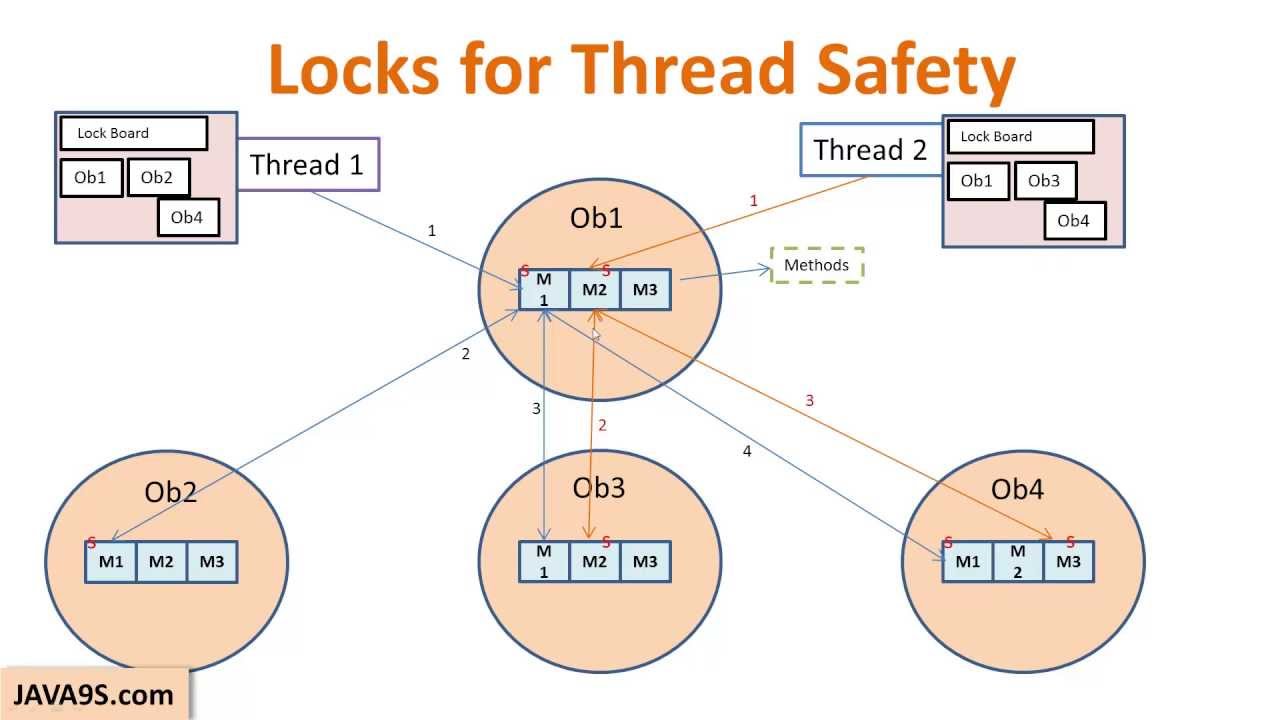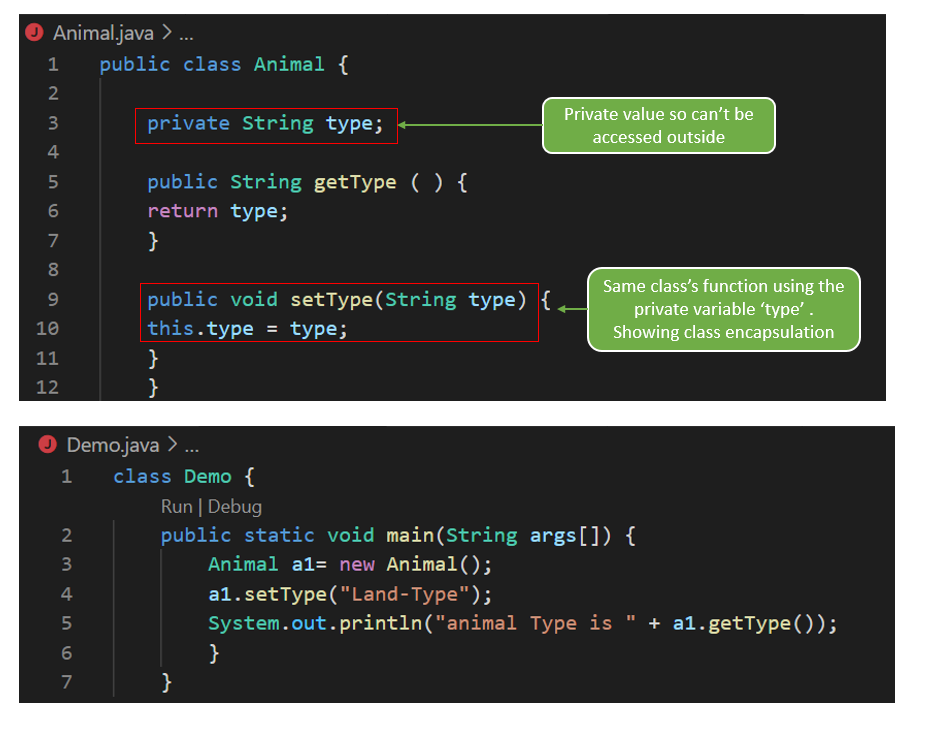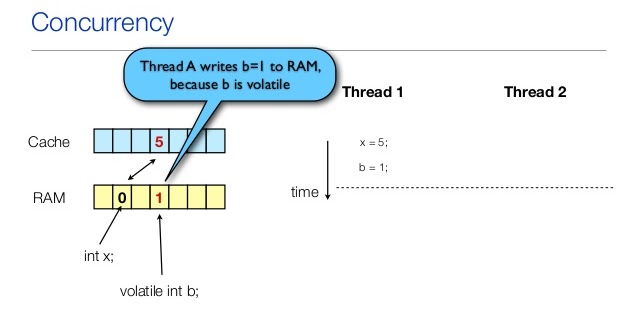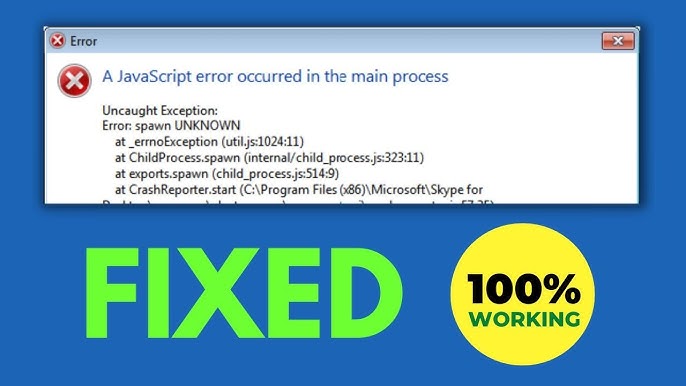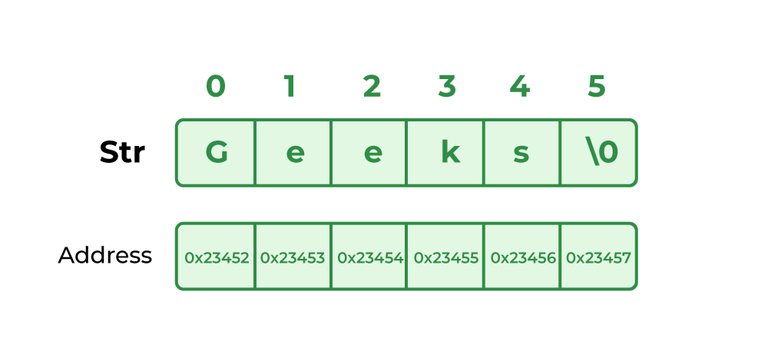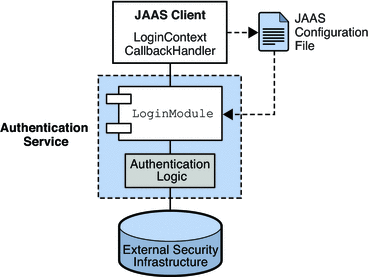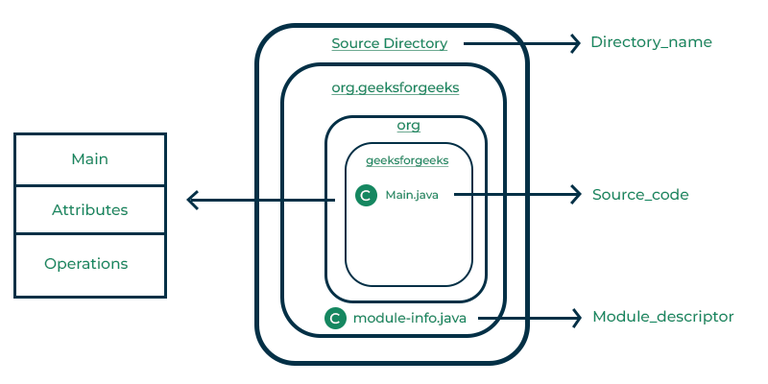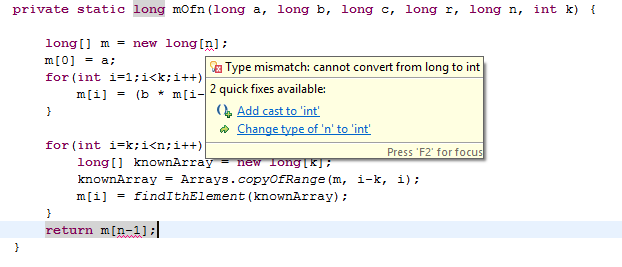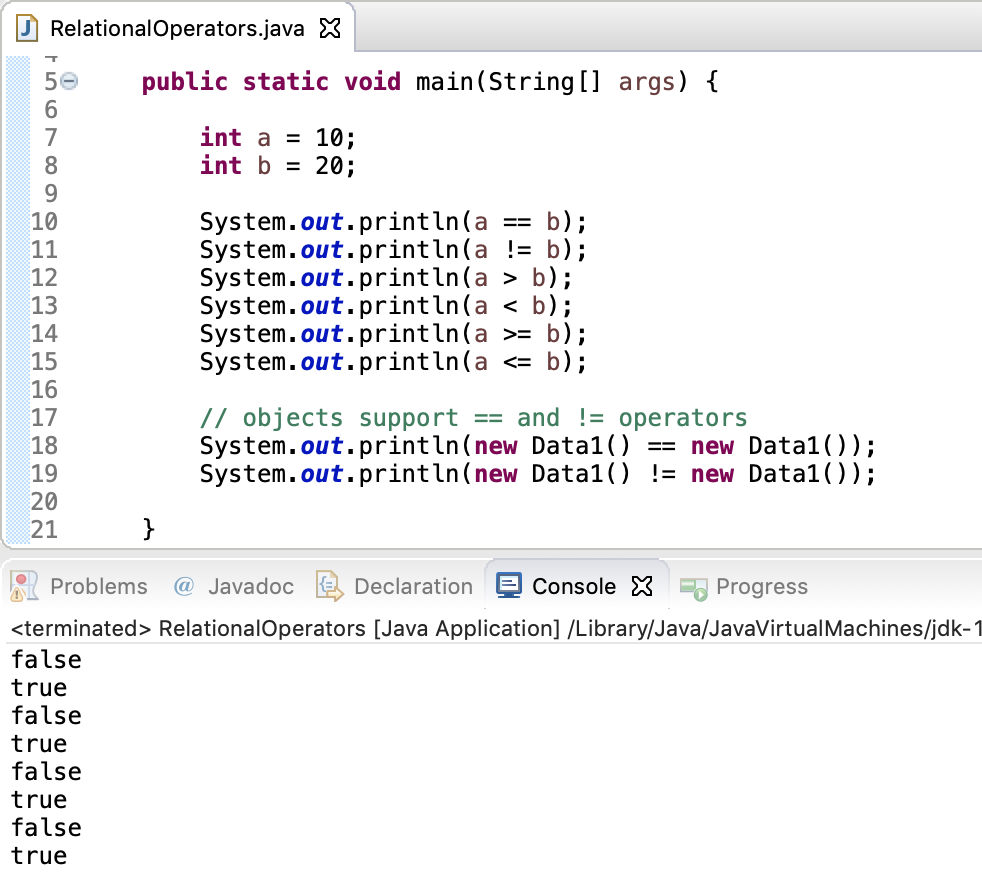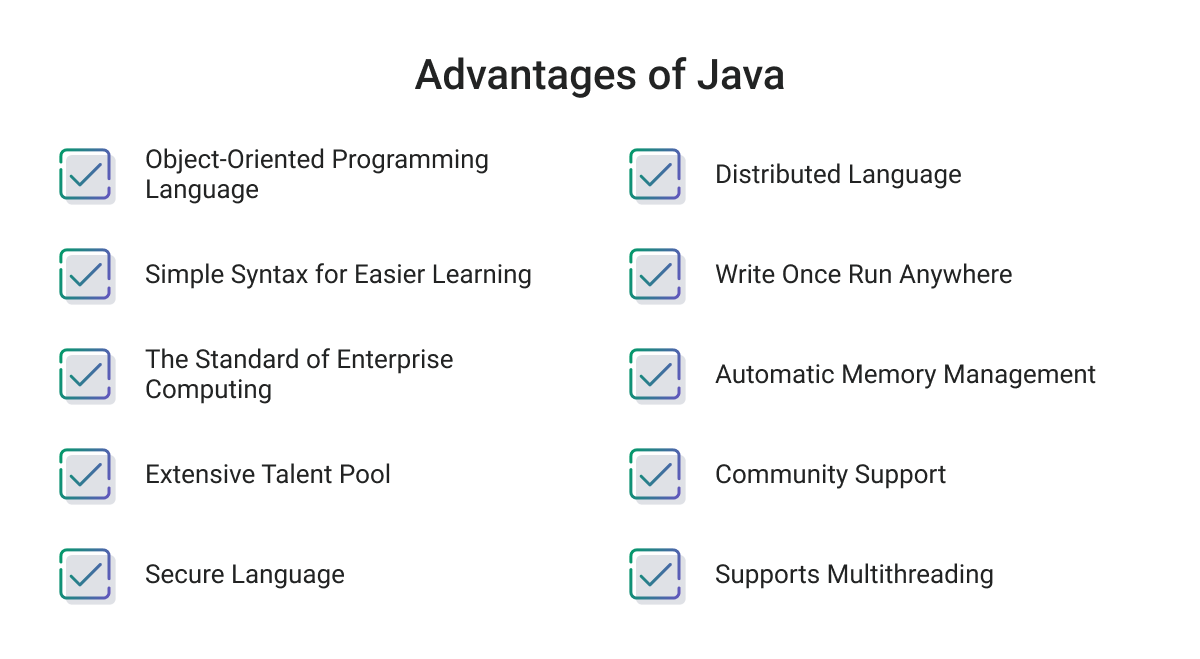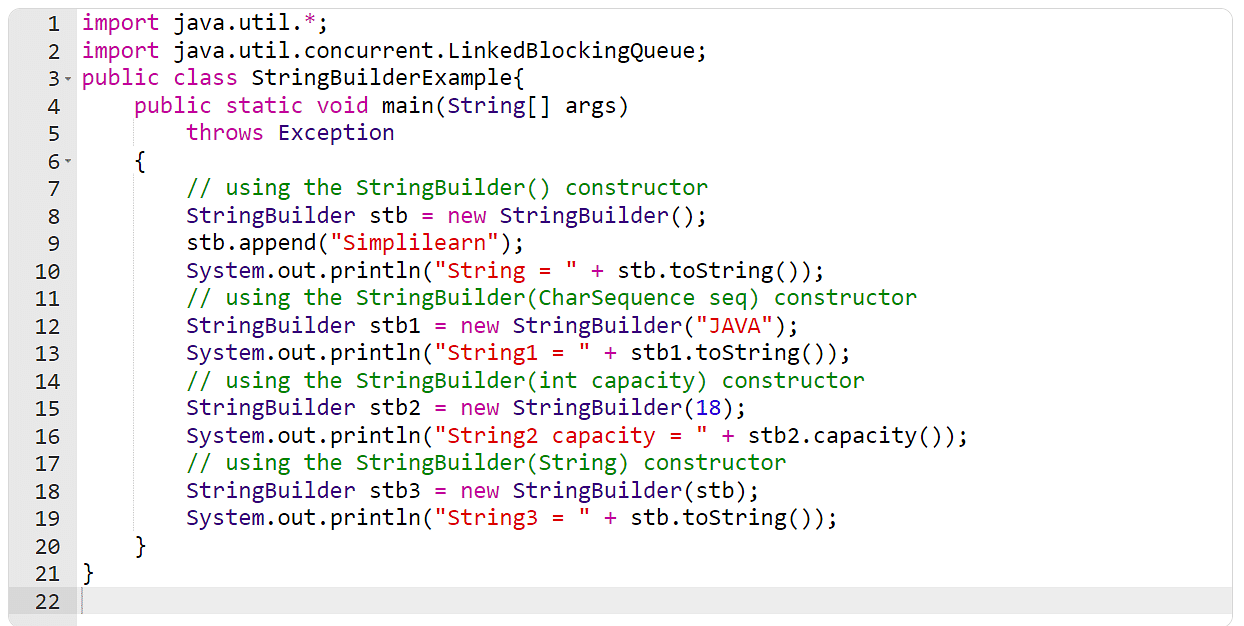What is a multithreading in Java?
What is a multithreading in Java?
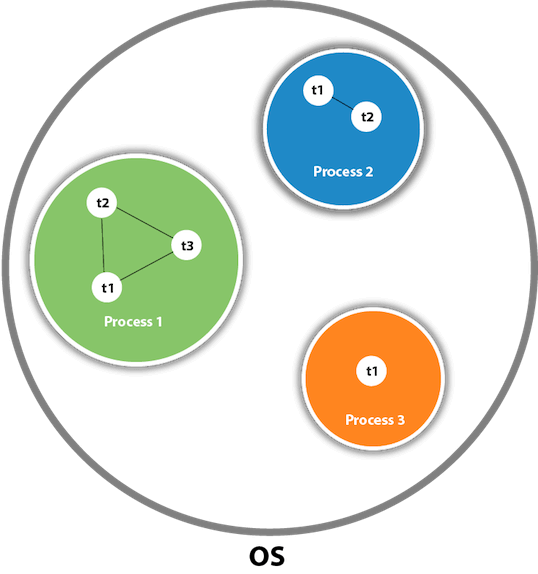
In Java programming, multi-threading refers to the ability of a single program to execute multiple threads simultaneously. A thread is a flow of execution that shares resources such as memory with other threads within the same process. Each thread has its own call stack and executes independently from other threads.
In traditional programming, you would typically create separate processes or run separate programs to achieve concurrency. However, in Java, multi-threading allows you to achieve concurrency within a single program by creating multiple threads that can execute concurrently.
Java provides various mechanisms for working with threads, including:
Thread classes and interfaces: Java provides several built-in thread classes and interfaces, such asThread, Runnable, and Callable. These allow you to define new threads or modify the behavior of existing ones. Thread methods: The Thread class provides various methods for managing thread execution, including start(), run(), stop(), and join().
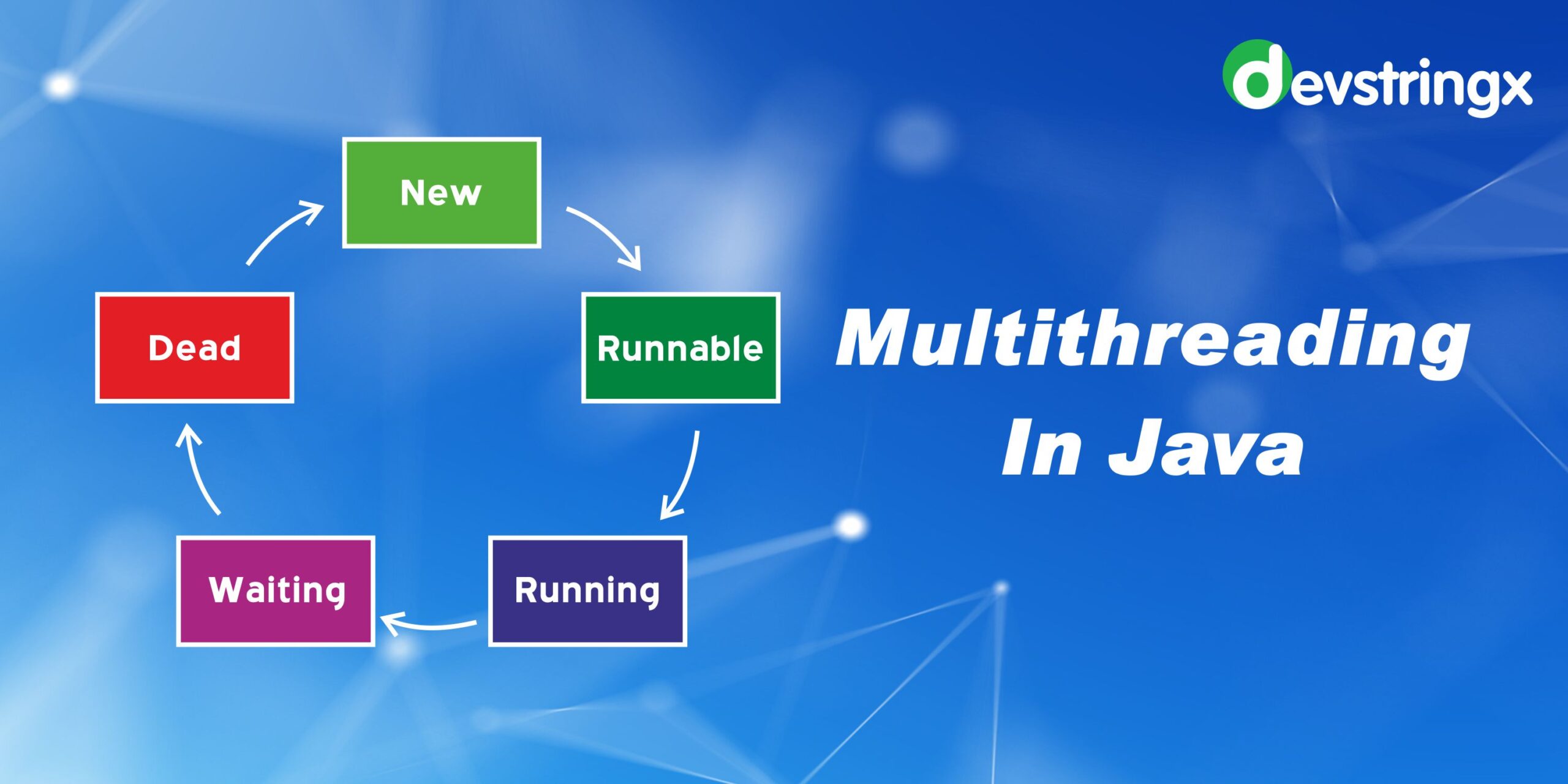
synchronized, ReentrantLock, and Semaphore, which allow you to control the interaction between threads.
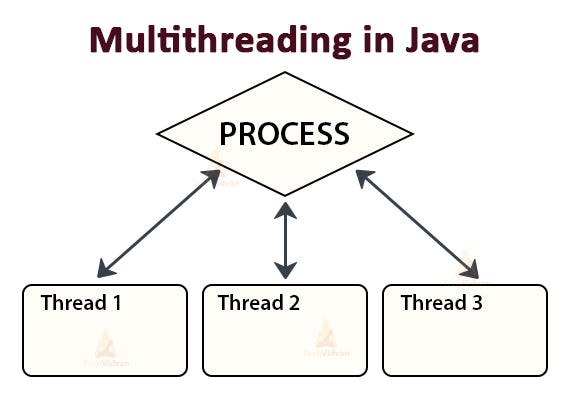
Executor interface and its implementations, such as ThreadPoolExecutor, provide a way to manage thread pools and execute tasks asynchronously.
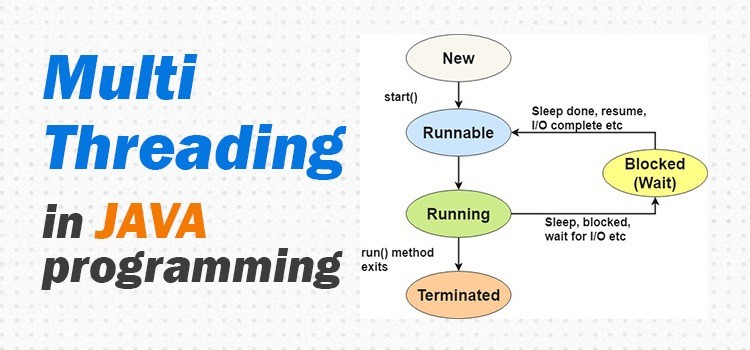
Multi-threading in Java is useful for achieving concurrency and improving system performance. For example:
Handling multiple user requests simultaneously Performing computationally intensive tasks concurrently with I/O operations Implementing real-time systems that require precise timingSome key benefits of multi-threading in Java include:
Concurrency: Multiple threads can execute concurrently, allowing you to perform multiple tasks at the same time. Improved system responsiveness: By offloading tasks to separate threads, your program can remain responsive and interactive while performing background tasks. Better resource utilization: Threads can share resources more efficiently than separate processes or programs.However, multi-threading also presents some challenges:
Thread safety: You need to ensure that multiple threads access shared resources safely without causing conflicts or data corruption. Thread synchronization: Coordinating the behavior of multiple threads requires careful consideration and design.To get started with multi-threading in Java, you can start by learning about the basics of threading, including creating and managing threads, using synchronizers, and handling thread-related exceptions. From there, you can explore more advanced topics, such as concurrent collections, futures, and executors.
What is a real life example of multithreading in Java?
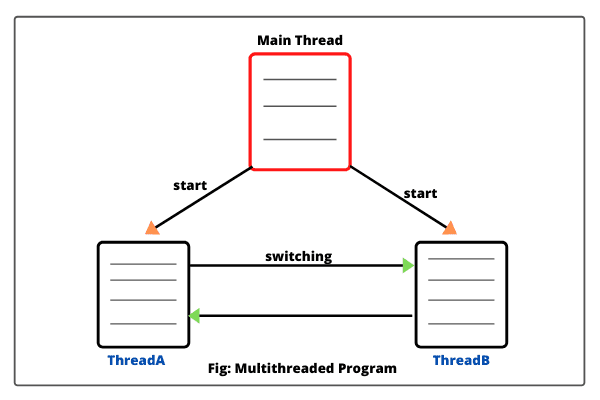
I'm happy to respond in English for this question!
Multithreading is a fundamental concept in programming that allows multiple threads (or flows) of execution to run concurrently within a single program or process. In Java, multithreading is achieved using the java.lang.Thread class and its related APIs.
A real-life example of multithreading in Java is a web crawler application that needs to simultaneously fetch data from multiple websites. Here's how it works:
Suppose we have a web crawling application called "WebCrawler" that needs to gather information about various companies listed on the NASDAQ stock exchange. The application has three main tasks:
Fetching company data: Each thread is responsible for fetching specific company data (e.g., stock prices, revenue, etc.) from the respective websites. Processing and storing data: Once the data is fetched, each thread processes and stores it in a database or file system.To achieve this concurrent processing, we can create multiple threads in Java that execute these tasks simultaneously. Here's an example of how to do this:
public class WebCrawler {public static void main(String[] args) {
// Create an executor service with 5 worker threads
ExecutorService executor = Executors.newFixedThreadPool(5);
// Define a task for each thread
List tasks = new ArrayList<>();
for (int i = 0; i < 10; i++) { // Fetch data from 10 companies
tasks.add(new CompanyDataTask(i)); // Each task represents a company
}
// Submit all tasks to the executor service
executor.invokeAll(tasks);
// Shutdown the executor service
executor.shutdown();
}
}
class CompanyDataTask implements Runnable {
private int companyId;
public CompanyDataTask(int companyId) {
this.companyId = companyId;
}
@Override
public void run() {
// Fetch company data from website using APIs or web scraping
fetchCompanyData(companyId);
// Process and store the fetched data
processAndStoreData(companyId);
}
}
In this example, we create an ExecutorService with 5 worker threads. We then define a list of tasks (each representing a company) that need to be executed concurrently. These tasks are submitted to the executor service using the invokeAll() method.
Each task is implemented as a Runnable interface, which defines a single method, run(), that represents the work performed by each thread. In this case, each task fetches data for a specific company and processes/stores it in the database or file system.
By using multithreading in Java, we can achieve better system utilization, responsiveness, and scalability. This is particularly useful when performing I/O-bound operations like web scraping or data processing, where threads can be safely paused and resumed without affecting the overall application performance.
